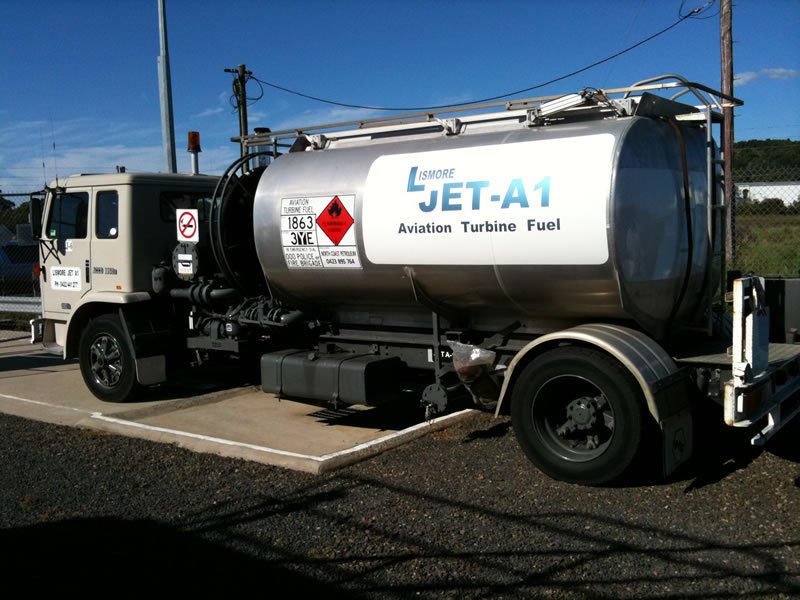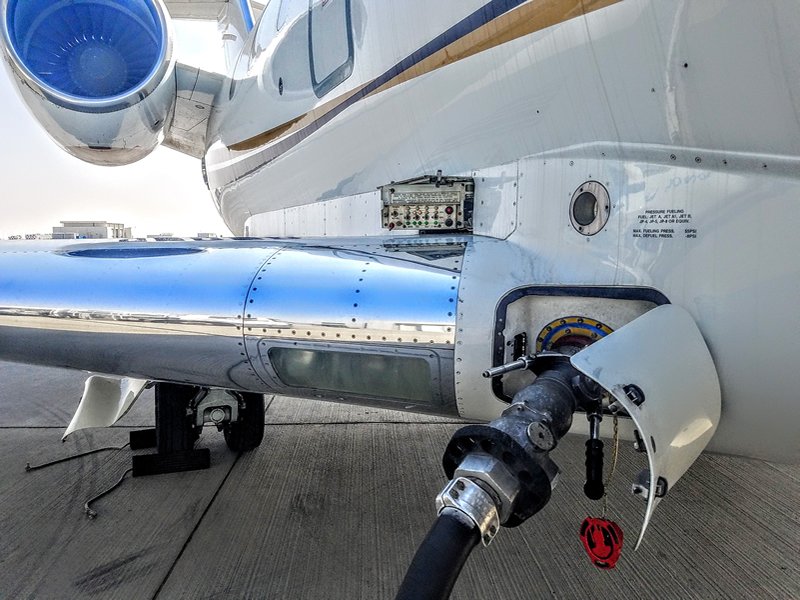Project Description
Jet fuel, aviation turbine fuel (ATF), or AVTUR, is a type of aviation fuel designed for use in aircraft powered by gas-turbine engines. It is colorless to straw-colored in appearance. The most commonly used fuels for commercial aviation are Jet A and Jet A-1, which are produced to a standardized international specification. The only other jet fuel commonly used in civilian turbine-engine powered aviation is Jet B, which is used for its enhanced cold-weather performance.
Jet fuel is a mixture of a large number of different hydrocarbons. Because the exact composition of jet fuel varies widely based on petroleum source, it is impossible to define jet fuel as a ratio of specific hydrocarbons. Jet fuel is therefore defined as a performance specification rather than a chemical compound. Furthermore, it is defined by the requirements for the product, such as the freezing point or smoke point. Kerosene-type jet fuel (including Jet A and Jet A-1) has a carbon number distribution between about 8 and 16 (carbon atoms per molecule); wide-cut or naphtha-type jet fuel (including Jet B), between about 5 and 15. Jet fuels are sometimes classified as kerosene or naphtha-type. Kerosene-type fuels include Jet A, Jet A-1, JP-5 and JP-8. Naphtha-type jet fuels, sometimes referred to as “wide-cut” jet fuel, include Jet B and JP-4.
Jet Fuel (JP54) is a Kerosene-type high-quality product used primarily as fuel for commercial turbojet and turboprop aircraft engines.Project Details
That’s just a little bit more than the law will allow. We’re gonna do it. On your mark get set and go now. Got a dream and we just know now we’re gonna make our dream come true. Makin their way the only way they know how. That’s just a little bit more than the law will allow.
- Project : Jet Fuel
- Category : commodities
- Client : Anonymous





